I stole both of these from Dr. Mercola. I do search for other resources but by and large this guy is right on track and timely with his information. Link to original story.
Story at-a-glance
- Even if you are a fit athlete who exercises regularly, you may still endanger your health simply by sitting too much
- Researchers warn that the combination of sitting too much and exercising too little can more than double the risk of heart failure in men. These risk correlations held true no matter how much they exercised
- The act of standing up from a seated position has been found particularly effective at counteracting the detrimental health effects of sitting
- Based on double-blind research, the minimum number of times you need to interrupt your sitting in order to counteract its cardiovascular health risks is around 35 times per day
- There are plenty of ways to get movement in during your work hours. Included are tips from several sources, including video demonstrations of a sample at-work exercises you can do every 15 minutes or so
At-Work 'Workouts' — A Practical Health Intervention
The easiest and simplest strategy is to merely stand up, and then sit back down. But the evidence suggests you'd be wise to go a little further—especially if you only exercise a few times a week, or not at all. There are plenty of ways to get movement in during your work hours. The following videos, featuring Jill Rodriguez, offer a series of helpful intermittent movement beginner exercises you can do right at your desk. For a demonstration of each technique, please see the corresponding video in the table below. I suggest taking a break to do one set of three exercises, anywhere from once every 15 minutes, to once per hour.Technique #1: Standing Neck-Stretch: Hold for 20 seconds on each side.Technique #2: Shoulder Blade Squeeze: Round your shoulders, then pull them back and pull down. Repeat for 20-30 seconds.Technique #3: Standing Hip Stretch: Holding on to your desk, cross your left leg over your right thigh and "sit down" by bending your right leg. Repeat on the other side.Technique #4: The Windmill: Stand with feet shoulder-width apart, then pivot your feet to the right. Push your hip out to the left. Raising your left arm skyward, and your right arm toward the floor, lower your body toward the floor while looking up, then raise your torso back to standing position. Repeat on the other side.Technique #5: Side Lunge: Starting with your feet together, take a medium step sideways, and bend down as if you're about to sit. Use your arms for balance by reaching out in front of you. Return to starting position, and repeat 10-20 times. Repeat on the other side.Technique #6: Desk Push-Up: Place hand a little wider than shoulder-width apart on your desk. Come up on your toes to make it easier to tip forward. Do 10 repetitions.Technique #7: Squat to Chair: With your feet shoulder-width apart, sit down, reaching forward with your hands, and stand back up in quick succession. Do 15-20 repetitions.Technique #8: Single Leg Dead Lift: Place your right hand on your desk, and place your weight on your right leg. Fold your torso forward, while simultaneously lifting your left leg backward. Do 10 repetitions on each side.Technique #9: Mountain Climber: Get into a push-up position on the floor. Pull your right knee forward to touch your right wrist or arm, then return to push-up position. Repeat on the other side. Try to pick up the pace, and do 20 quick repetitions.
Standing Neck Stretch Shoulder Blade Squeezes Standing/Seated Hip Stretch Windmill Side Lunge Push up Squat to Chair Single Leg Dead Lift Mountain Climber
Story #2
6 Fitness Myths to Avoid to Get the Body You Want
Myth #1: Crunches Are the Key to Flat AbsCrunches will provide some toning of your abs, but you'll get "flat" abs only by burning off fat. This means fat-burning exercises are going to be essential. In fact, research has shown that doing abdominal exercises alone—even when performed five days a week for six weeks—has no effect at all on subcutaneous fat stores and abdominal circumference.1High-intensity interval training (HIIT) is among the best fat-burning exercise out there, but even core-building planks and bridges will burn fat (and work your abs) far more effectively than crunches. You can find six more tips to burn your belly fat here (and five of them don't include any exercise at all).Myth #2: More Sweat Equals a Better WorkoutVirtually any type of intense exercise will prompt you to sweat, but theamount of sweat isn't an indication of how many calories you've burned. Remember, sweating is a natural, essential body process designed to help your body stay cool, so exercising in warm weather (or in a heated room, such as in Bikram yoga) will create more sweating.While you can't use your amount of sweat as a gauge of exercise intensity, you can assume that if you haven't broken into a sweat at all your exercise is probably not intense enough. Additionally, sweating in and of itself may be beneficial (independent of its association with exercise), as it can facilitate toxin excretion. And many with untreated hypothyroidism have a hard time sweating at all.Myth #3: Running Is Bad for Your KneesRunning will not necessarily "ruin" your knees, as you may have been told. In fact, research shows that osteoarthritis of the knees is no more common in older adults who engage in long-distance running than in those who don't.2That being said, women are up to six times more likely to suffer from a knee injury due to running, compared to men, because they may have an imbalance in strength between their quadriceps and hamstrings. Regular strength training, including of your legs, is therefore important if you're a runner.Personally, I was an avid runner for over 40 years, but I now prefer HIIT for my aerobic exercise, as it is safer, more efficient and more effective. If done appropriately, however, running can be an effective part of your overall fitness plan and may even help you to live longer.3 But you must keep it moderate, and find your own "Goldilocks Zone."Dr. James O'Keefe, a research cardiologist and former elite athlete, recommends running no more than 20 miles per week, spread out over three to four days, at a speed of about five miles per hour. If you run farther or faster than that, you may lose all the benefits, and the associated health riskscan rise to the magnitude of the couch potato—literally—according to the science.Myth #4: Stretching Is Essential for Recovering FasterStretching does little to influence blood lactate levels (a measure of muscle fatigue) after a high-intensity workout, according to recent research.4 So while post-workout stretching may help you to build flexibility, it's not necessary for recovery.In fact, cooling down at all after a workout is more of a personal choice, rather than a necessity for reducing muscle pain or improving recovery. As far a pre-workout stretching goes, the best type of stretching to do before a workout is dynamic stretching, as opposed to static stretching (which is what most people do).Myth #5: You've Got to Exercise for at Least 45 MinutesConventional aerobic exercise performed for long periods at a steady, moderate pace was long considered the "gold standard" of a good workout, but in recent years research has refuted such notions.Instead, high-intensity interval training (which requires but a fraction of the time compared to conventional cardio) has been shown to be FAR more efficient and effective, compared to longer, slower cardio workouts. There are many versions of HIIT, but the core premise involves maximum exertion followed by a quick rest period for a set of intervals.My Peak Fitness routine uses a set of eight 30-second sprints, each followed by 90 seconds of recovery done after a proper warm up and followed by a short cool-down period. When you use HIIT, the elliptical machine is a very useful exercise tool, although you can also do HIIT using a recumbent bike or even without any equipment at all (using exercises such as push-ups, burpees, and jumping squats, for example).Ideally, you'll want to perform HIIT exercises two or three times a week for a total of four minutes of intense exertion. You do not need to do them more often than that, however. In fact, doing it more frequently than two or three times a week can be counterproductive, as your body needs to recover between sessions.If you want to do more, focus on making sure you're really pushing yourself as hard as you can during those two or three weekly sessions, rather than increasing the frequency. The video below is a few years old now, but you can get an idea of the intensity used. I have modified my application to only doing it twice a week. However, the intensity is identical. The other change is that I now breathe through my nose. I discuss more of the benefits of Buteyko breathing in a recent article.
Myth #6: More Exercise Time Is Better
Most people do need more exercise time, but taking time for recovery is crucial. It is important to realize you can sabotage your fitness efforts by over-exercising. In this case, your body goes into an elevated stress response, keeping your cortisol levels too high. Cortisol, also known as "the stress hormone," is secreted by your adrenal glands and is involved in a variety of important metabolic functions, such as regulating your insulin and glucose levels, and controlling inflammation. Elevated cortisol will cause your body to store fat instead of building muscle.Recovery is absolutely crucial to your long-term success. You simply must provide your body with the opportunity to rebuild and restore itself after you stress it with intense workouts. Regardless of what type of exercise you do, always listen to your body, as it will give you important feedback about whether or not you are overexerting yourself.

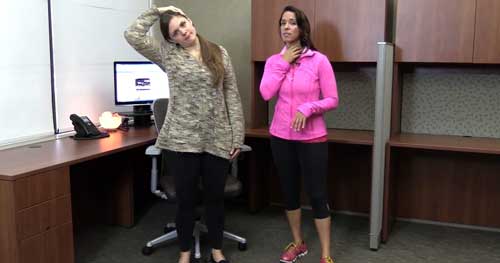
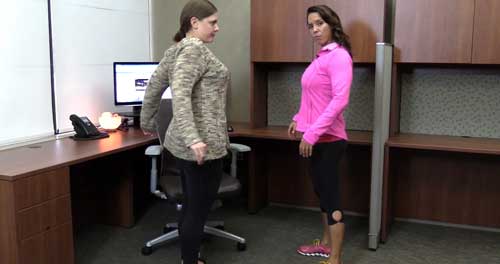
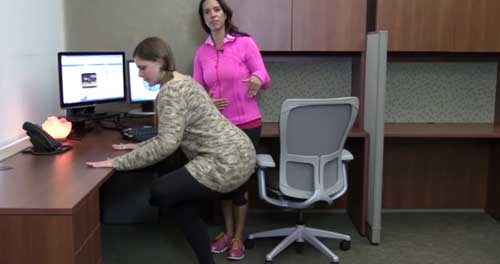

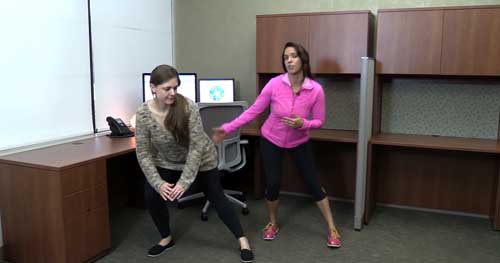
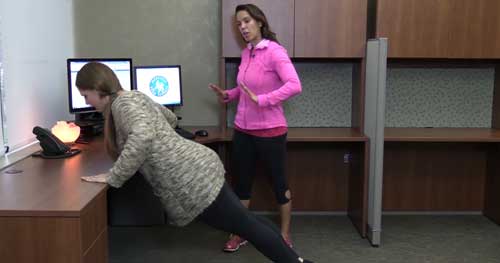
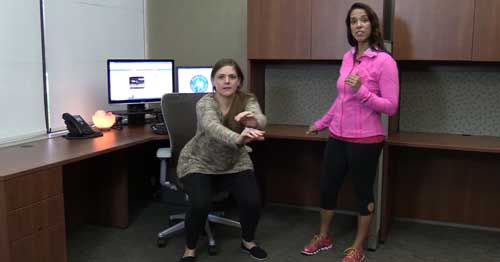
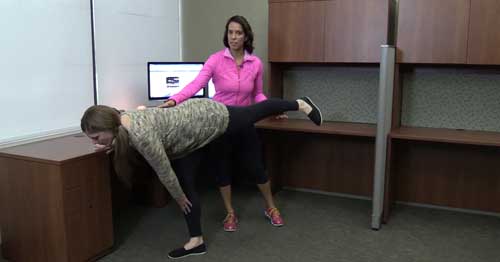
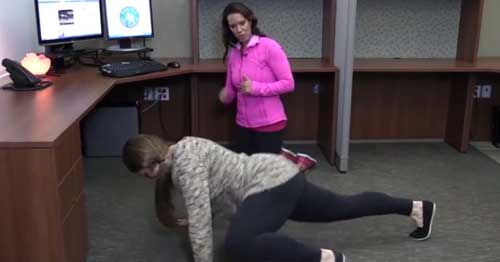






No comments:
Post a Comment